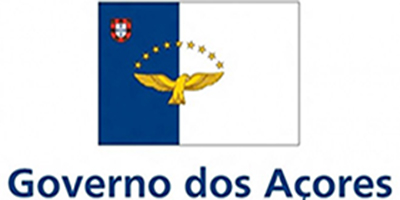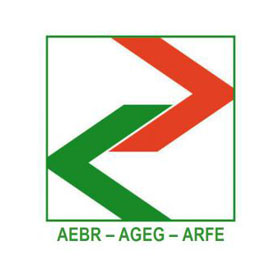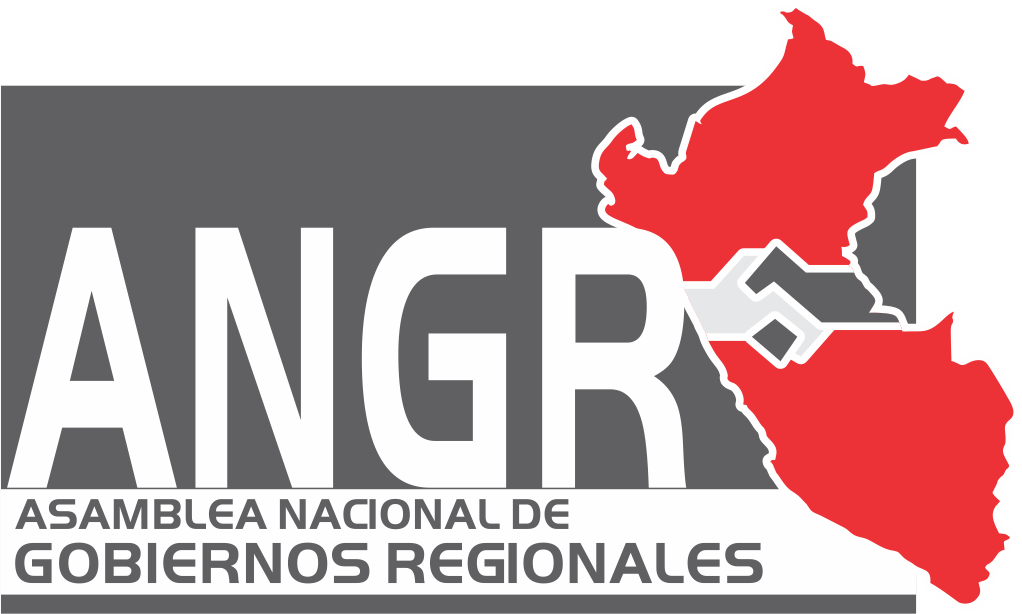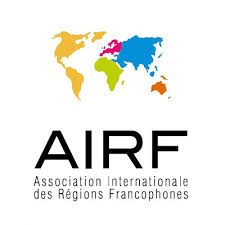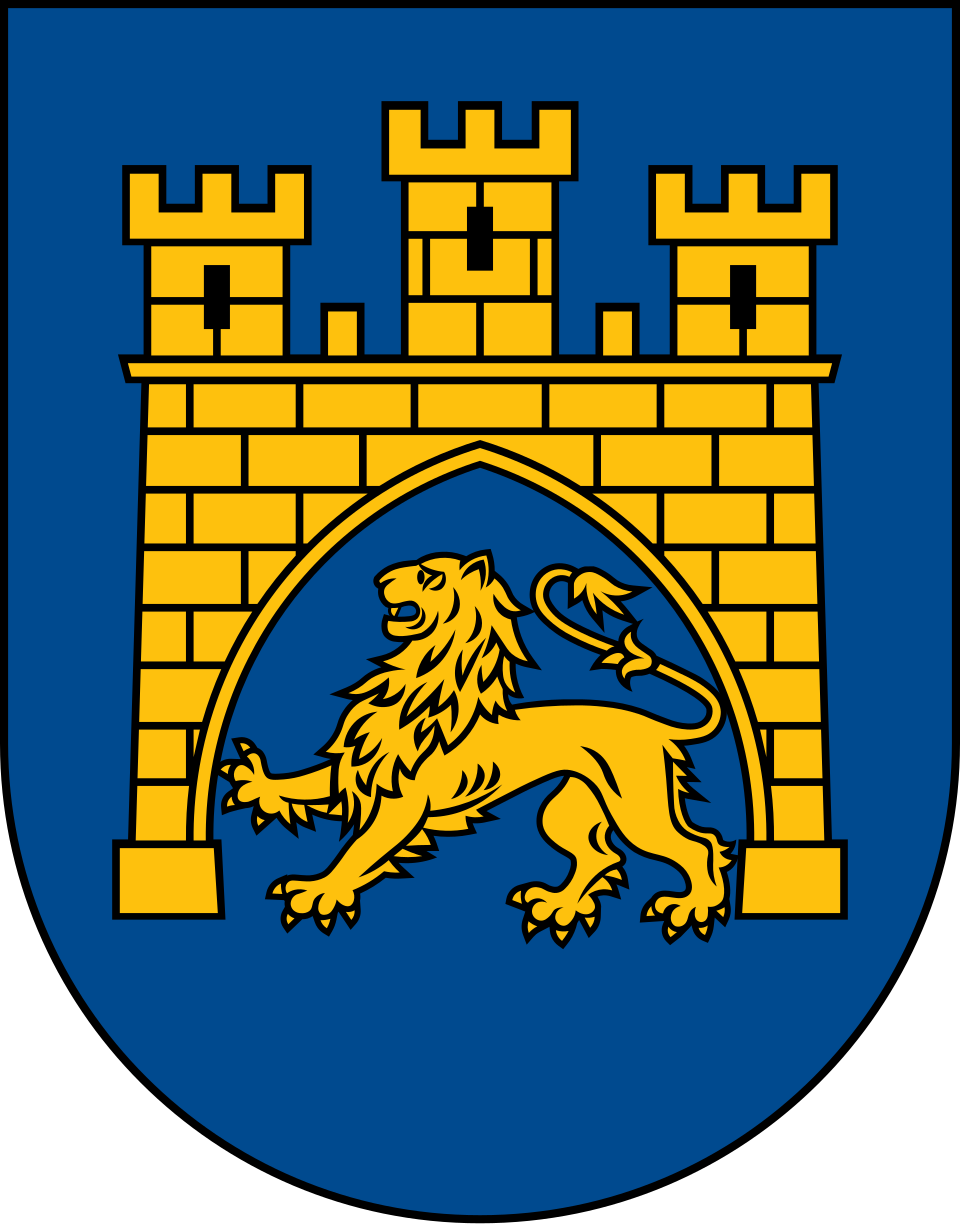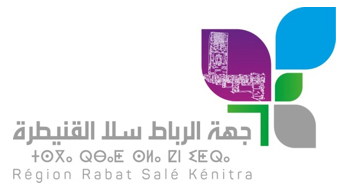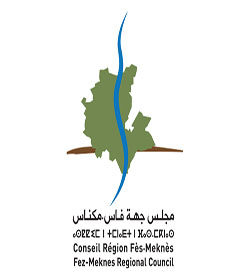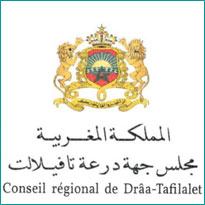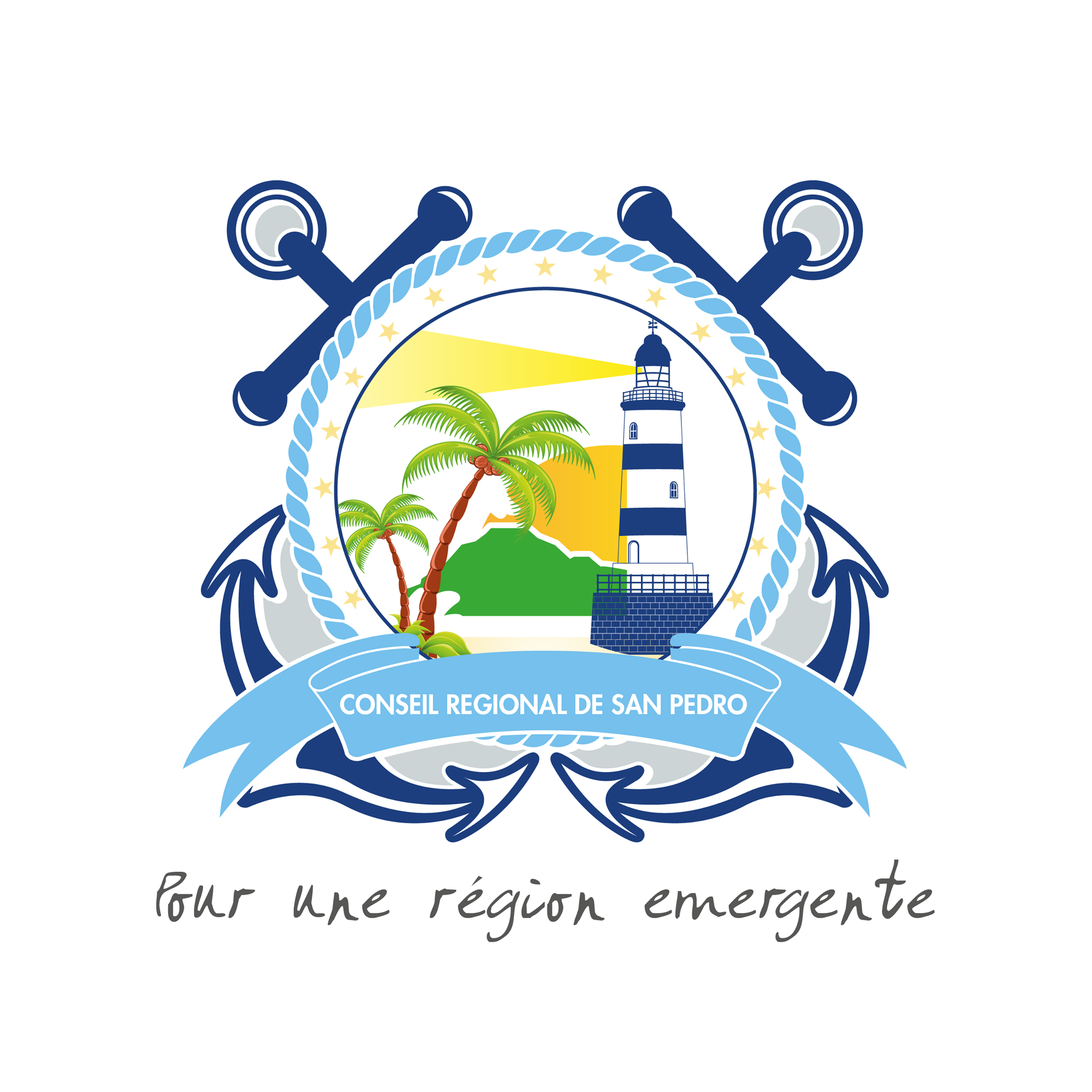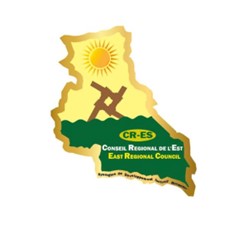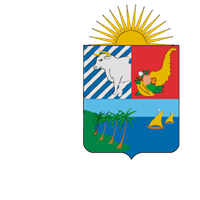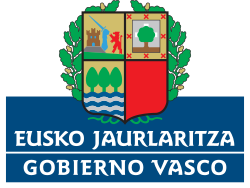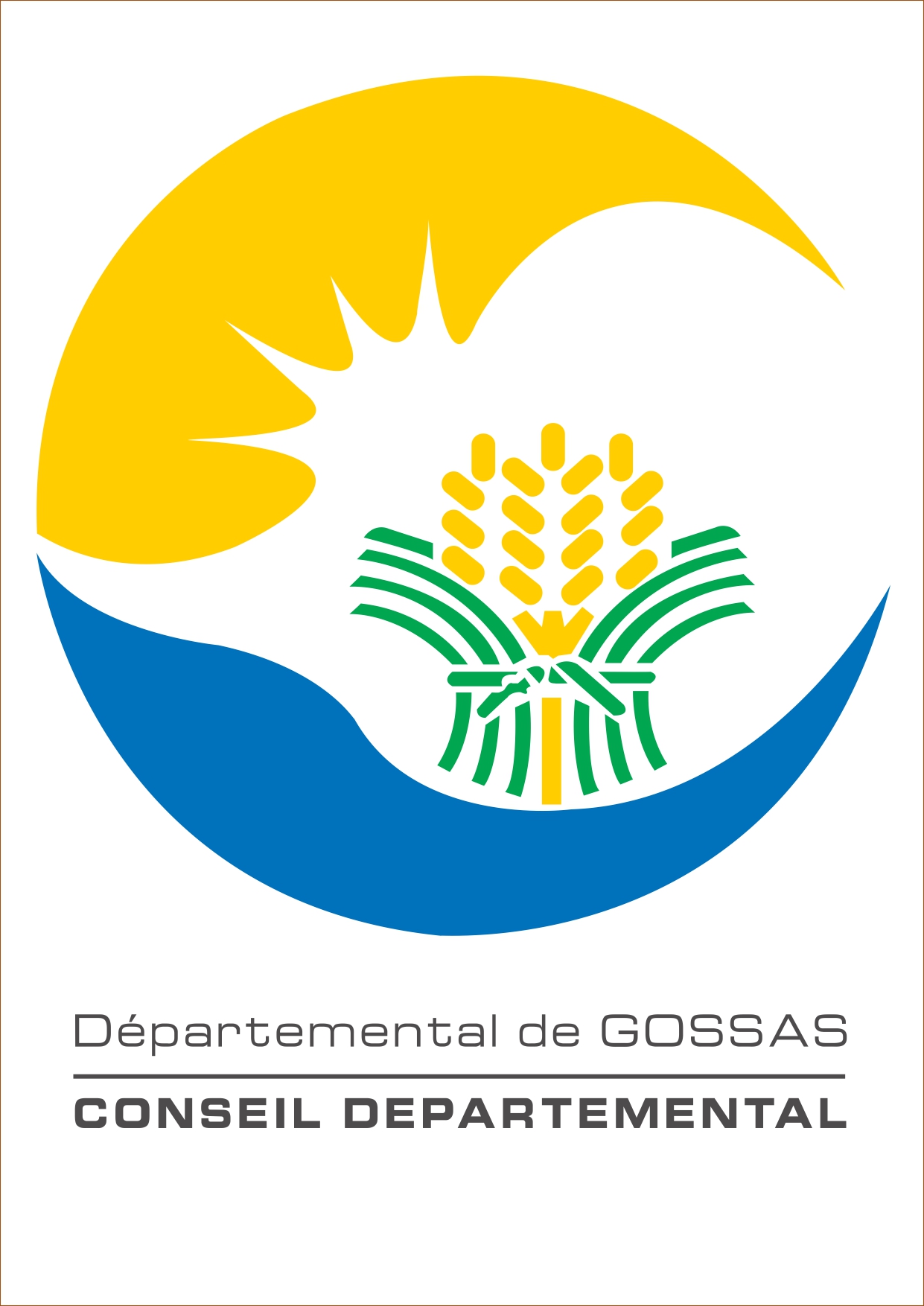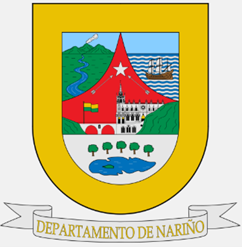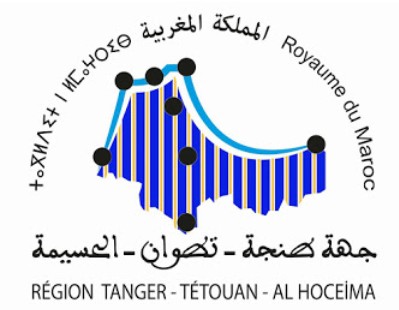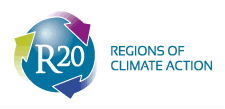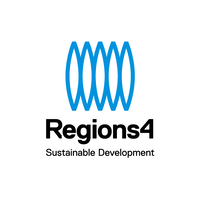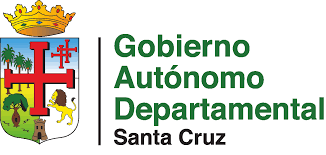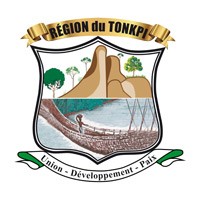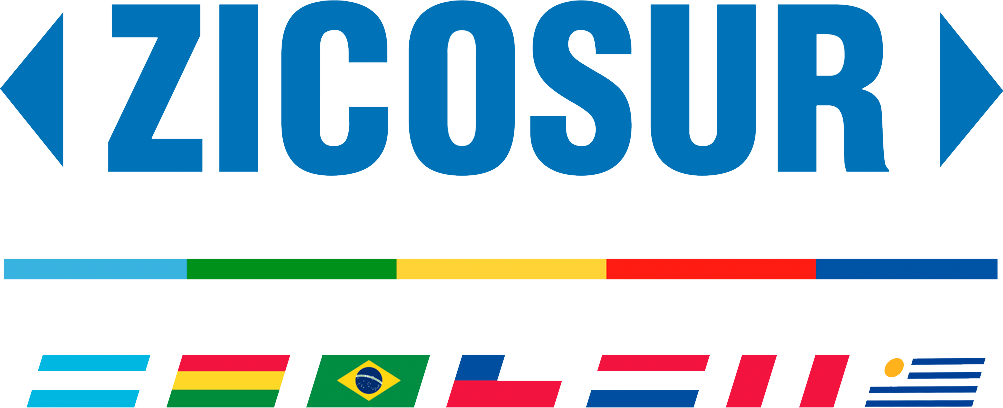EU Competitiveness Index shows gap between capital regions and the rest
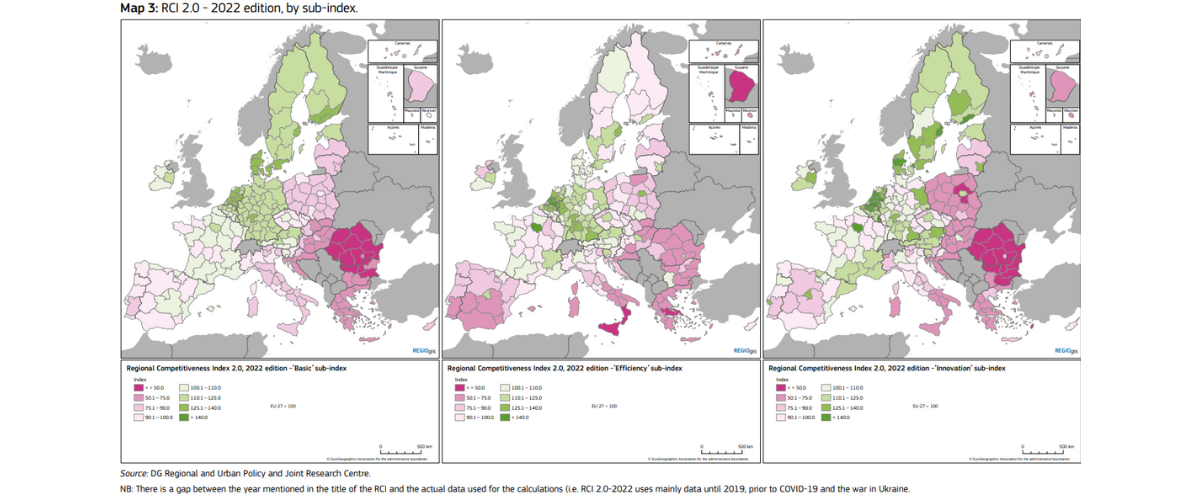
The European Union's Regional Competitiveness Index (RCI) 2022, which has just been released, not only shows large differences in regional competitiveness across Europe. In line with previous editions, the Index indicates a polycentric pattern, with regions with large urban areas performing well. It also points out that in most countries there is a large gap between the capital region and the rest. In general, more competitive countries tend to have a smaller gap between the capital region and other regions, as well as less internal variation, while this phenomenon is evident in less developed countries.
There are several countries where the capital region is the only region that exceeds the 100 average for the European Union as a whole. For example, the Lisbon Metropolitan Area in Portugal, the Warsaw region in Poland, the Budapest region in Bulgaria and the Prague region in the Czech Republic. In Bulgaria, the rest of the regions are in the 60 of the average. Attention is drawn to the case of Romania. The Bucharest Region does not reach the average of 100. It is situated at 91 of the average. This is, in any case, the highest compared to the rest of the regions. The Romanian region of South East, in fact, at 44 points of the average, is the region with the lowest index in the European Union.
In Italy, only Lombardy is above 100. Lazio, the capital region of Rome, has the second highest index. The region of Calabria, in the south, is at 58 points on average.
In other countries with a higher level of development, such as the Republic of Ireland, regions with different indices coexist, but the Dublin region stands out with an average of 122 out of 100. In France, the gap between the capital region and the rest is significantly large. Île de France, the Paris region, ranks 142 on average. Only the Auvergne Rhône Alpes region comes close at 110 on average. Many French regions are in the 90s on average, which means that there is a 50 points difference between the Paris region and these regions. The situation in Spain is also significant. The index belies the traditional belief that Catalonia and the Basque Country are the most competitive regions. The most competitive region is the Community of Madrid with an average of 119, while the Basque Country stands at 107 and Catalonia at 101. Several Spanish regions move between 70 and 80 on average.
In Austria, Sweden and Finland, all regions are above the average 100, but the gap between the capital region and the rest is also significant. The Vienna region is at 118, the Stockholm region at 139 and the Helsinki region at 134.
Denmark, Belgium and the Netherlands, with indices well above 100, are the countries where the gap between capital region and the rest is the smallest. It is worth noting that the Dutch region of Utrecht, at 150 out of the average, is the region with the highest competitiveness index in Europe. It is noteworthy that all German lands, including those of the former East Germany, are above the average 100. The land of Berlin is among the top five, but does not take the lead. The difference between the most and least competitive lands is significantly smaller, if at all, than the difference between Ille de France and many regions in France.
The EU Regional Competitiveness Index has been measuring, since 2010, the main competitiveness factors of all EU regions. The index measures, with a broad set of indicators, the ability of a region to provide an attractive environment for businesses and residents to live and work. Between 2016 and 2022, regional competitiveness has improved in less developed regions, while the performance of transition regions has been more varied. The most developed regions continued to have the highest scores, but have converged to the EU average.
More information:
EU Regional Competitiveness Index 2.0 - 2022 edition (europa.eu)


